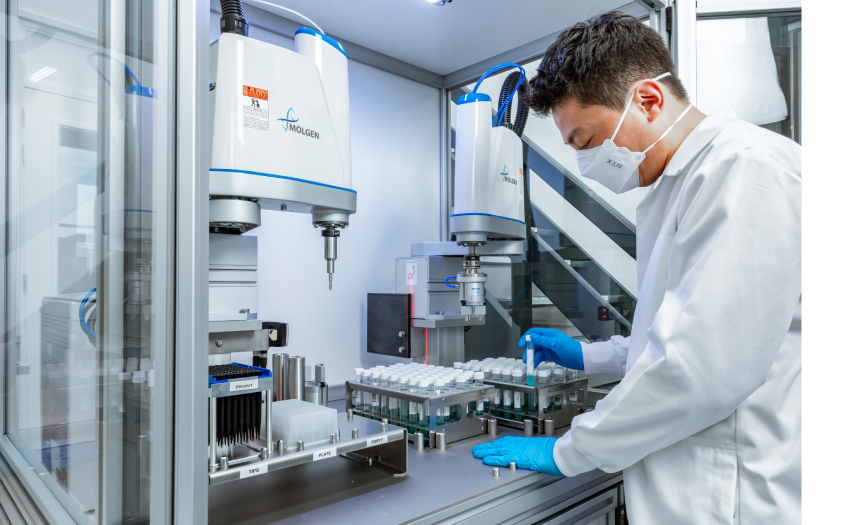AgbioInvestor’s Garry Mabon Talks About Recent Dynamics and Future Drivers of Biostimulants Market
Garry Mabon, Co-Founder of AgbioInvestor, presented Recent Dynamics and Future Drivers in the Crop Biostimulants Market as part of the AgriBusiness Global LIVE! webinar series in February.
Mabon covered the recent dynamics in the biostimulants market, as well as the key drivers that are expected to influence development over the coming years. AgriBusiness Global continued the conversation from the webinar by asking Mabon six audience questions.
ABG: Do you expect the streamlining process for regulations of biostimulants, both in the European Union (EU) and United States, will drive biostimulant use and growth in these regions?
GM: A key benefit for regulation is in enhancing grower trust since there is generally an efficacy requirement to gain a registration. Streamlining can also allow companies easier access to the market, for example being able to place a product on the market across the EU rather than having to go through single country registration processes. This will perhaps make products more widely available and quicker to access, allowing for faster adoption, if more products are available to meet growers’ needs.
ABG: What are your thoughts on the projected growth potential for adoption rate of nitrogen fixing biofertilizers?
GM: The growth drivers are in place for increased adoption of these products. Nitrogen fertilizer reduction targets could lead to growers using less nitrogen and more products, which enhance nitrogen availability and stability in the soil. High fertilizer prices could drive growers toward using more nitrogen fertilizer alternatives. These could certainly aid in increasing adoption rates.
ABG: How could we relate biostimulants with precision farming and its new tools?
GM: Precision farming could, for example, be used to target applications to areas of the field that would see greatest benefit. For example, maps showing that there is low soil organic matter content are where biostimulants often have their greatest benefit. Growers could also use sensors to enable greater understanding of how biostimulants are working on farms. For example, growers monitoring the response of plants with chloropyll levels in leaves.
ABG: What segment of these products (biologicals versus the extract type products) is expected to grow the fastest?
GM: We expect strong growth for essentially all products types, but expect differences in crops and segments. For example, there are already many seaweed-based products on the market with strong usage in fruit and vegetable crops. The adoption is lower in field crops, and we expect stronger growth for seaweed-based products in this outlet as a result.
ABG: Can you comment on the regulatory landscape for biostimulants in South America?
GM: As with other regions, there has been movement toward regulatory classification of biostimulants in some South American countries, often also under fertilizer legislation. As an example, Chile now has a biostimulant registration process that sets requirements for quality, composition, packaging, labeling etc., and has a register for companies operating in the space. Likewise, Brazil has regulatory categories for inoculants and stimulants or biofertilisers. Generally, this region’s regulations are understood to be less extreme than those set out recently in the EU. However, this could change as the market develops, and if countries aim to harmonize with the EU’s regulatory approaches.
ABG: How can bioproducts improve farmers´ environmental impact, considered as carbon footprint, water footprint and/or chemical charge?
GM: Biostimulants are considered a keyway for growers to address the aims of sustainable agriculture. For example, in the EU they have been considered a keyway to reduce nitrogen fertilizer loading, with potential for improving water quality. Likewise, if products enhance water utilization or water stress, then lower water requirements could lead to lower irrigation requirements. In terms of carbon, products can increase the quality and organic matter content of soil and improve the soil biota such that these products could increase carbon sequestration, thus acting as a carbon sink.






